Tata Altroz iTurbo vs Hyundai i20 Turbo vs Volkswagen Polo TSI comparison
The Tata Altroz just got a power-up with the introduction of a new turbo-petrol version. We tell you what the top-of-the-line Altroz iTurbo is like and sees it in light of its closest rivals.
Published on Feb 27, 2021 07:00:00 AM
1,04,899 Views
Follow us on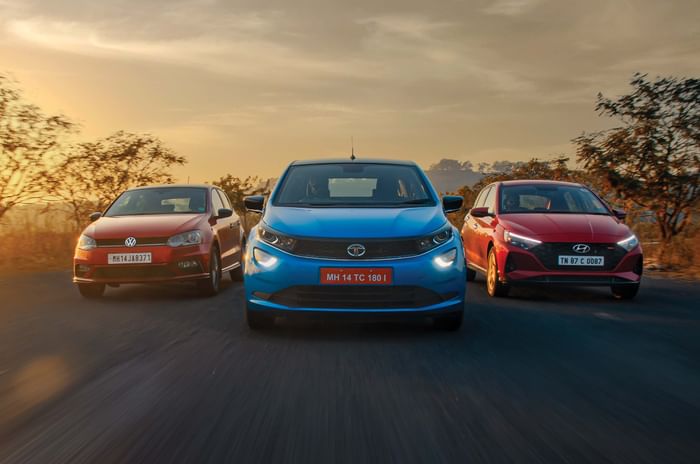
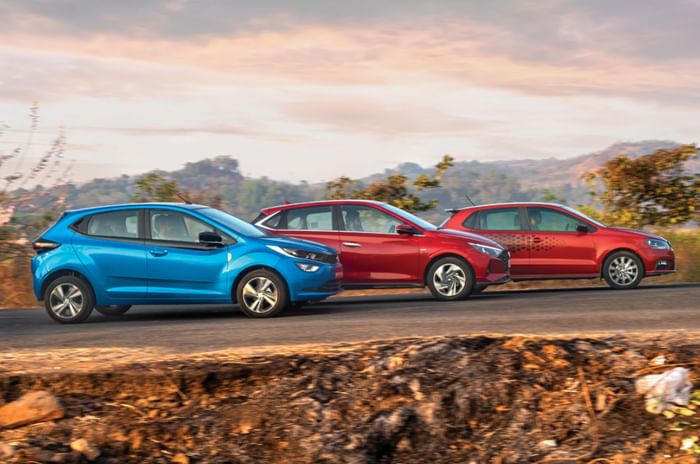
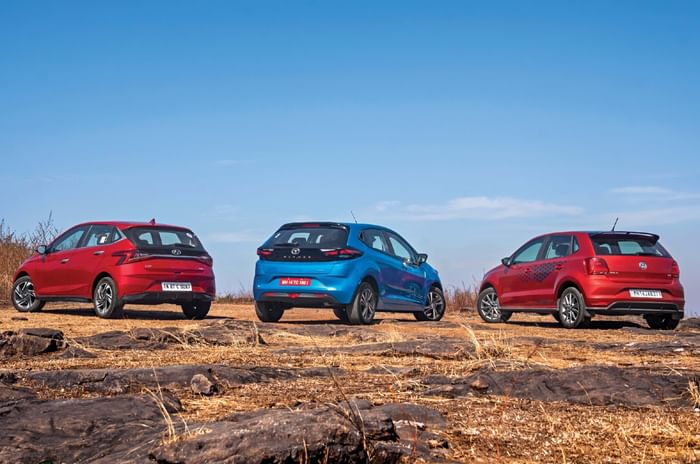
If you’re a petrolhead and like the idea of a small car with relatively big power, this is the comparison for you. Because with us are three petrol-engined premium hatchbacks that have boost as the secret of their energy. Volkswagen’s Polo that’s had the option of a turbo-petrol engine since 2013 (yes, that’s how long back the GT TSI came) is here with its new 1.0 TSI unit, while Hyundai has its entry in the 1.0 T-GDI-powered i20 Turbo. The latest addition to the turbo-petrol hatchback pack and the car in the spotlight is the new Tata Altroz iTurbo that runs a derivative of the Nexon’s 1.2-litre Revotron engine.
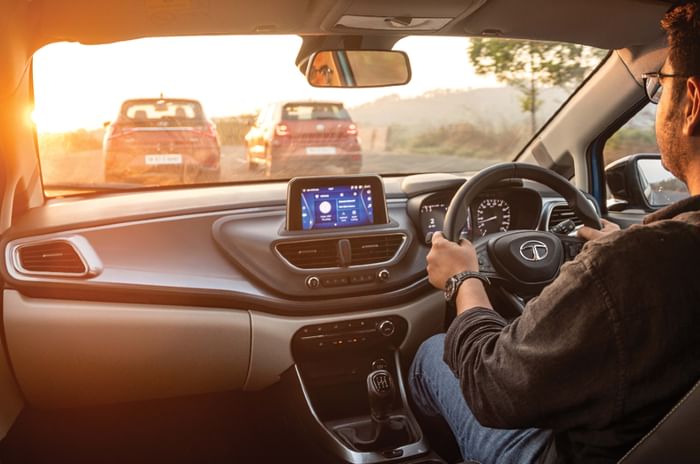
Has the new engine granted the Altroz the go to match the show? Is the i20 Turbo the sporty hatchback it’s being made out to be? Can the Polo still take the fight to its newer rivals? And which is that one car that does it all? Much will unravel over the course of the day.
Spec check
All three cars come powered by turbocharged three-cylinder engines but it’s the VW and Hyundai’s units that are closest in spec. The said engines are near-identical in size (displacing just under 1,000cc), feature direct injection, and also make about the same max torque. The Polo’s 175Nm is available at 1,750- 4,000rpm, while the i20’s 172Nm comes in at 1,500-4,000rpm. It’s the i20 that tops the power charts, however, with 120hp on call. The Polo and Altroz’s engines make 110hp apiece.
| Tata Altroz Price, Mileage, Specifications, Features and Variants | |
|---|---|
| Brand | Tata |
| Model Name | Altroz |
| Tata Altroz Price | ₹ 7.56 - 13.54 lakh |
| Tata Altroz Range/Mileage | NA |
| Tata Altroz Specifications | Hatchback | 5 doors | 5 seats View All Specs |
| Tata Altroz Features | Halogen headlight | 7-inch Touchscreen display | 2 airbags View All Features |
| Tata Altroz Variants | 1.2 Petrol XE MT | 1.2 Petrol XM MT | 1.2 Petrol XM S MT View All Variants |
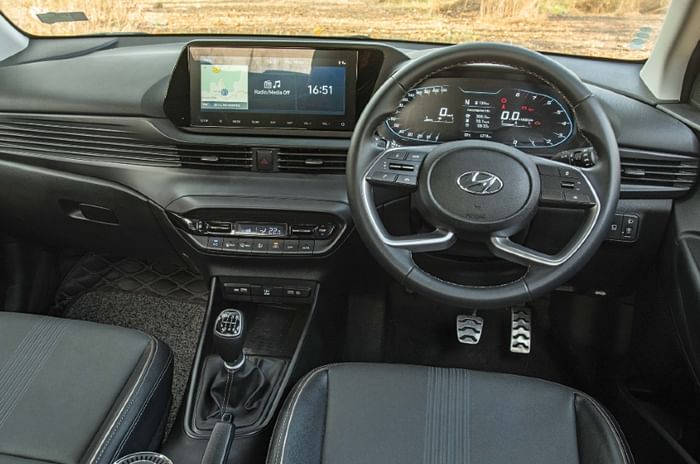
The Altroz’s 1,199cc engine might be the largest of this trio but it does without direct injection and its 140Nm max torque figure is also considerably lower than the other two cars’. Given the iTurbo’s sporty intent, couldn’t Tata have just used the engine in 120hp and 170Nm guise as on the Nexon? Theoretically, yes, but as engineers involved in the project revealed, the move would have entailed considerable and costly re-engineering. That’s because the higher-spec engine’s torque rating would require the use of the Nexon’s 6-speed gearbox, which was not straightforward to shoehorn into the Altroz. Sources tell us that the gearbox’s casing was found to foul with the air cleaner ducting and addressing this packaging issue would require a major engineering intervention. For a car envisioned to bring in an additional 10 percent volume, the investment needed didn’t add up. Not yet at least. It’s possible that the extra power (and extra gear) from the Nexon could be offered later on in the Altroz’s lifecycle.
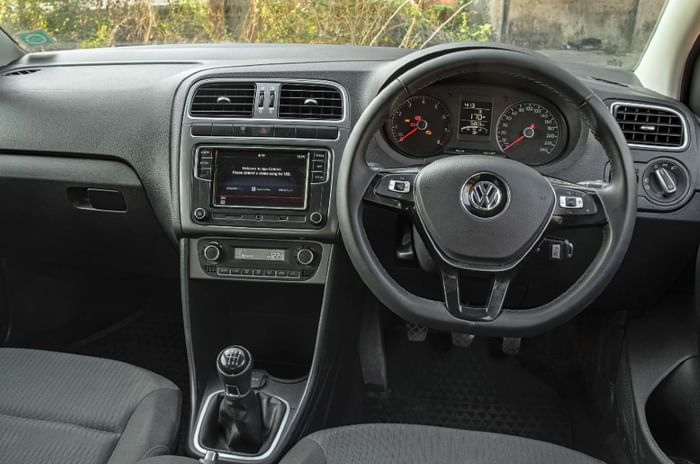
Also note, unlike the Polo TSI and i20 Turbo that also offer the option of automatic and dual-clutch transmissions, respectively, the Altroz iTurbo only gets a 5-speed manual for the moment, though a DCT is in the works. A 6-speed manual is standard fit on the Polo while the i20 Turbo is unique for its 6-speed iMT or intelligent manual transmission. Here, gearshifts are executed via a traditional gear lever but there’s no clutch pedal to modulate; actuators do the job for you.
On the move
If you’ve driven the humdrum naturally-aspirated Altroz petrol before, you’ll immediately notice the added performance the iTurbo has to offer. It doesn’t feel hesitant at low speeds as the standard Altroz petrol tends to and there’s enough go to keep up with the flow of traffic. There’s a mild bump up in power at about 1,800rpm, and keep the engine spinning above this mark and you’ll find the Altroz iTurbo to be an easy-going companion. Shifting from City to Sport drive mode (exclusive to the Altroz iTurbo) livens things up a wee bit too. Also, the absence of a sixth gear isn’t as much of an issue as you’d think it to be. The Altroz cruises smartly and gear changes are nice enough.
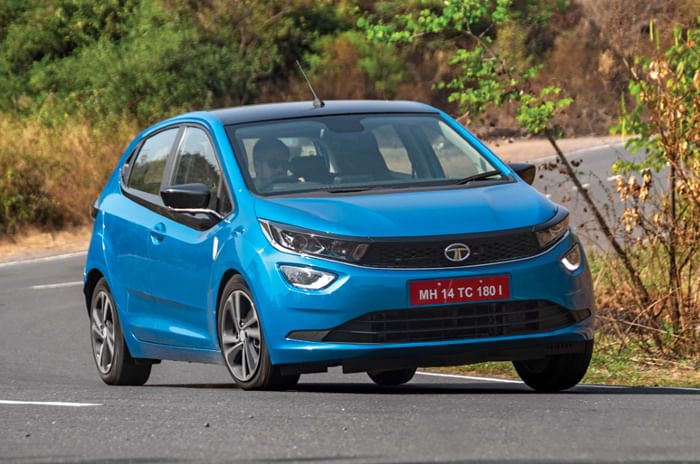
Thing is, the Altroz doesn’t do full justice to the ‘turbo’ in its name. The mid-range isn’t punchy nor does the engine rev particularly quickly, and the performance numbers aren’t anything to write home about. Hold on to a gear and your patience will be rewarded by a second wave of power at around 4,800rpm, though it’s shortlived as the limiter cuts in at all of 5,500rpm. The whine from the relatively noisy engine at higher revs is also your signal to tone things down.
| Engine and performance | |||
|---|---|---|---|
| Altroz iTurbo | i20 Turbo | Polo TSI | |
| Engine | 3 cyls, 1199cc, turbo-petrol | 3 cyls, 998cc, turbo-petrol | 3 cyls, 999cc, turbo-petrol |
| Power | 110hp at 5500rpm | 120hp at 6000rpm | 110hp at 5000-5500rpm |
| Torque | 140Nm at 1500-5500rpm | 172Nm at 1500-4000rpm | 175Nm at 1750-4000rpm |
| Gearbox | 5-speed manual | 6-speed iMT | 6-speed manual |
| Fuel economy (ARAI) | 18.11kpl | 20kpl | 18.24kpl |
| PERFORMANCE | |||
| 0-20kph | 1.01s | 1.51s | 1.06s |
| 0-40kph | 2.77s | 2.92s | 2.28s |
| 0-60kph | 5.03s | 5.16s | 4.23s |
| 0-80kph | 8.55s | 7.38s | 6.51s |
| 0-100kph | 12.68s | 11.21s | 9.97s |
| 0-120kph | 19.10s | 15.28s | 14.14s |
| 0-140kph | 29.19s | 21.82s | 20.36s |
| ACCELERATION IN GEAR | |||
| 20-80kph (in third) | 11.68s | 9.08s | 12.36s |
| 40-100kph (in fourth) | 18.18s | 12.39s | 14.73s |
Quite to the contrary is the VW Polo 1.0 TSI that revels in being driven hard. There’s a spike in power at 1,800rpm and what follows is a strong pull to 6,200rpm. This wide powerband is deeply satisfying and it’s also super fun charging through the VW’s 6-speed gearbox. The Polo TSI sounds the best (it’s got a nice thrum) and it’s the car ardent petrolheads will best identify with. The Polo also has bragging rights with a sub-10sec 0-100kph time. It’s not perfect though. The 1.0 TSI engine doesn’t feel as alert as the others at low revs and needs you to work the gearbox (and long travel clutch) that little bit more in town.

The i20 Turbo offers a different experience and it all starts with the transmission. Yes, there is a bit of a learning curve of manually changing gears without a clutch pedal in the equation and, at times, the automated clutch modulation can feel snappy in first gear but on the whole, the system is really well executed and makes a world of a difference in congested city drives. What’s more, the electronics don’t fumble even on quick shifts, meaning only purists will miss the action of depressing the clutch in getting that perfect shift.
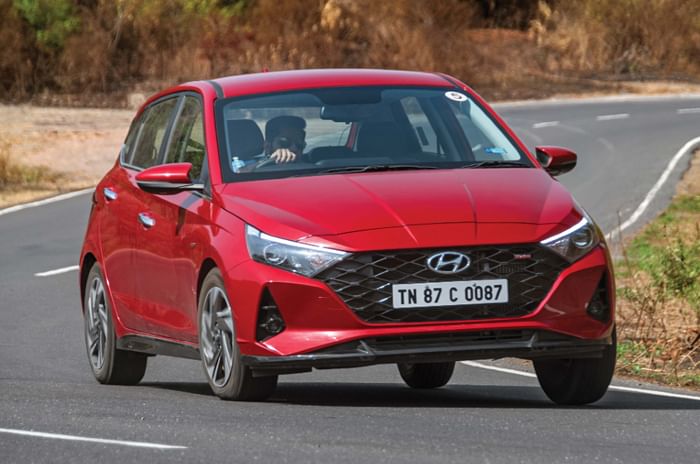
Hyundai’s 1.0-litre engine is also rather likeable in this application. The engine feels the most flexible and this flexibility reflects in the in-gear acceleration timings. The i20 iMT is a good few seconds quicker than its rivals in 20-80kph in third gear and 40-100kph in fourth gear slogs. The i20 builds speed with grace at low revs, things pick up at 2,000rpm and, though the mid-range isn’t as forceful as the Polo’s, there’s impressive progress right till 6,000rpm.
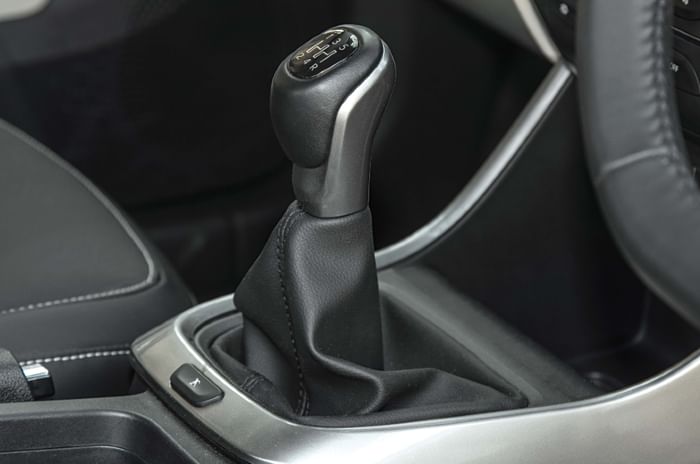
Going by ARAI-tested fuel economy numbers, the i20 promises to be the most fuel-efficient car of this trio with a 20kpl official figure. The Polo comes in second with 18.24kpl, while the Altroz (it’s the only car with fuel saving start-stop tech) is not too far behind with an 18.11kpl official fuel economy figure. You should take the numbers with a pinch of salt because real-world economy is hugely susceptible to driving style.
Turn a corner
That the Polo’s high on entertainment value is not merely down to the exciting engine alone. The dynamics package is also a key element in the mix. The precise steering, generous grip and well calibrated brakes help establish a high degree of trust and rapport with the Polo, which make it an exciting companion on fun driving roads. There’s also a maturity to the Polo’s ride. It feels well tied down at high speeds and also tackles potholes at low speeds well, with a bit of European car firmness.
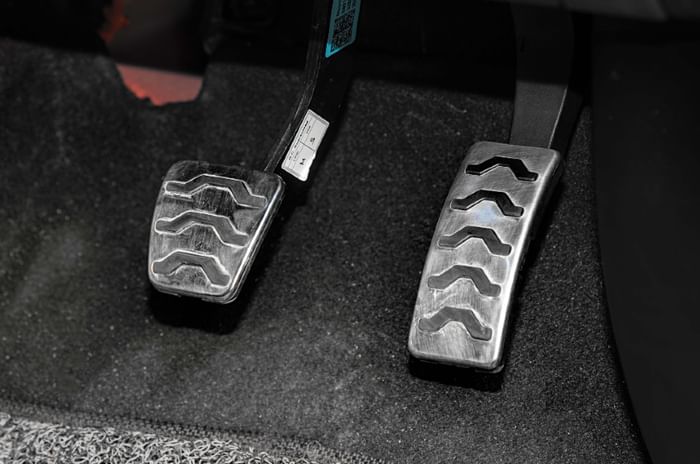
On winding roads, the Altroz might not feel quite as tight as the Polo but the Tata’s a keen handler in its own right. Turn-in is sharp and there’s good feel from the well-weighted steering at all times. Out cruising, the Altroz feels reassuringly poised but there’s plenty of road noise in the cabin, so it’s not the most relaxing long-distance machine. At low speeds, the Altroz can feel a touch stiff-kneed but on really bad patches, there’s an endearing ruggedness to the Tata that shines through.
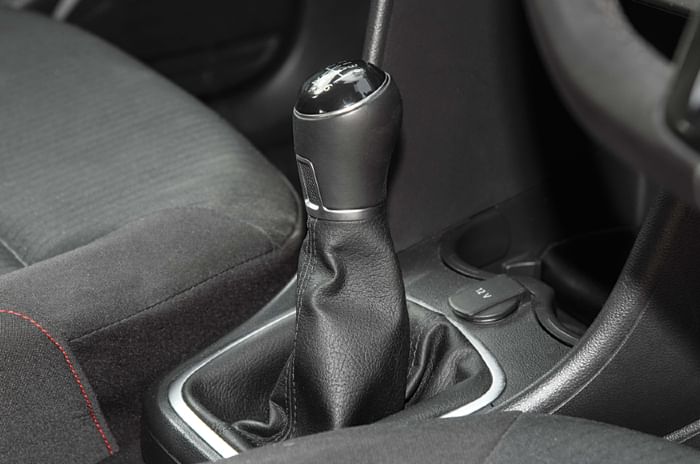
The i20 on the other hand has an ace up its sleeve with the plushest ride in town. High speed manners – both on the straights and through the corners – are a marked improvement over Hyundais of old, if still not at class-best levels. There’s a smoothness with which the latest i20 changes direction, though body roll is most pronounced here and pushing hard into a corner will have the car wash wide. Interestingly, the i20 Turbo doesn’t feel as well setup as its heavier diesel counterpart, and this is something true about the Altroz as well.
Zooming in
You’ve seen these cars before so we’ll keep the description on design and styling short. The Altroz, with its tipped-forward stance, looks sporty, and rather fetching in this new shade of Harbour Blue. Hyundai’s latest i20 is all about sharp cuts and creases, though the rad styling is not to everyone’s taste. The VW Polo, in contrast, has the most traditional shape and has aged well but then again, many won’t be able to see it as anything but a car from 2009.
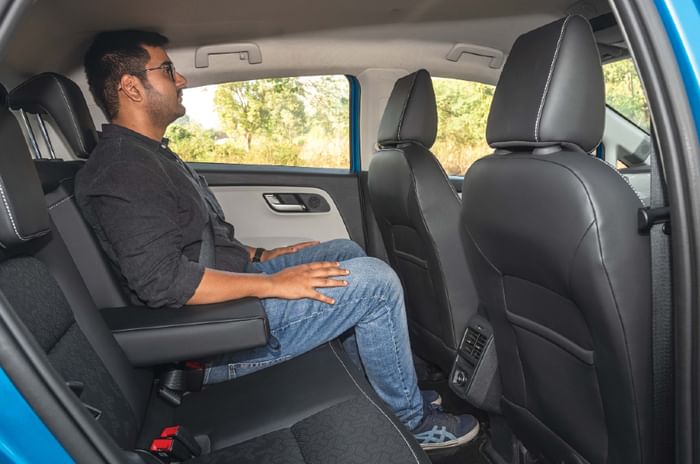
While the Altroz iTurbo doesn’t see any changes on the outside, it does debut a new light grey and black interior colour theme as well as a new range-topping XZ+ trim that, among other items, brings in perforated leather upholstery. Resultantly, the Altroz’s cabin looks more premium than before. Also nice is the use of different textures on the layered dash, though panel fit could be better at places. Ergonomics is not an Altroz strength either; the thick A-pillar hampers visibility around corners, the squared-out part-digital dials aren’t the easiest to refer to and the Tata’s also the only car that misses on steering reach adjust.
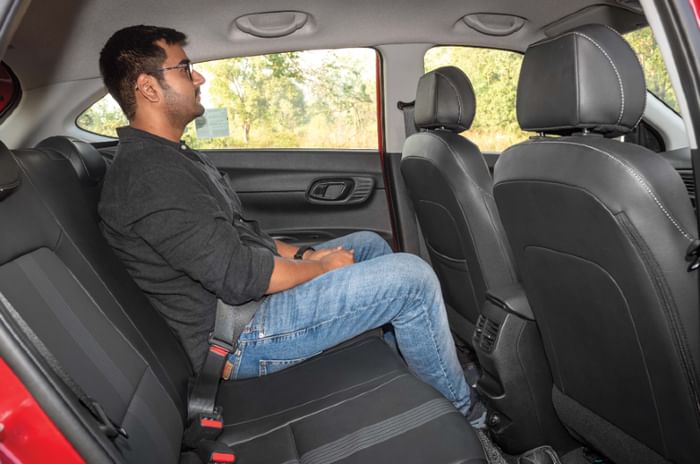
With its low dash cowl and good all-round visibility, the Hyundai i20 puts drivers at immediate ease. A vibrant digital instrument readout (the counter-clockwise tacho does take time to adjust to) and large 10.25-inch touchscreen are among the elements that grab your attention inside the i20. All’s not perfect though. The interior that’s predominantly finished in black looks drab rather than sporty, and there are a quite a few scratchy plastics scattered around the cabin too. Not long ago we would have said this is uncharacteristic of Hyundai but dumbing down the quality of the plastics (to save costs) is a worrying trend from this Korean giant.
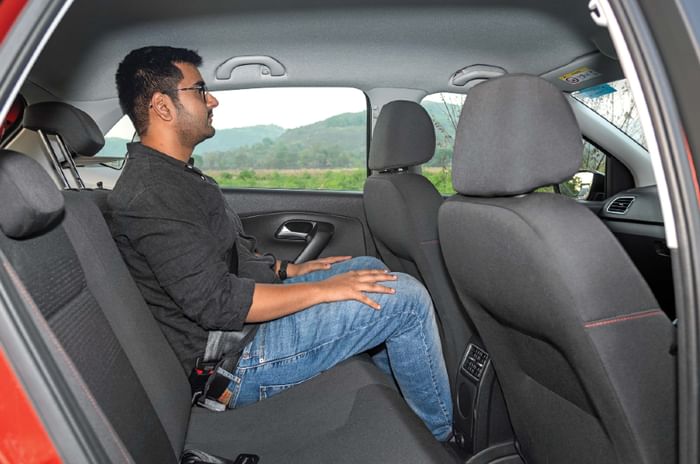
The VW Polo has always impressed for its tough German build and even all these years later the thunk on door shut is very gratifying. There is a built-to-last feeling to everything inside the Polo but there’s just no ignoring the feeling of being in a car well past its prime. The dashboard looks dated and what only weakens the Polo’s case is how small it feels compared to its rivals; it’s the narrowest car here. And you can pretty much rule out the Polo if you are looking for a small car to travel five-up in. Rear-seat legroom is strictly limited and the cabin is only wide enough for two to sit in comfort.

The Altroz and the i20 are more compelling picks as family cars in that sense. The i20 is the roomiest at the back (it’s got the longest wheelbase) but frustratingly no version of the Turbo iMT gets adjustable rear headrests. It’s only the Altroz that packs in the added comfort of a rear-centre armrest too. On the other hand, an upright rear backrest and relatively small windows work against the Tata.
| Dimensions | |||
|---|---|---|---|
| Altroz iTurbo | i20 Turbo | Polo TSI | |
| Length | 3990mm | 3995mm | 3971mm |
| Width | 1755mm | 1775mm | 1682mm |
| Height | 1523mm | 1505mm | 1469mm |
| Wheelbase | 2501mm | 2580mm | 2470mm |
| Boot capacity | 345 litres | 311 litres | 294 litres |
The Altroz’s 345-litre luggage compartment is the most accommodating for suitcases though you’ll be able to fit in plenty into the i20 (311 litres) and Polo’s (294 litres) too. The rear seats can be folded to free more space but none of the cars offer the flexibility of a rear seat split.
Feature creature
As the table makes clear, it’s a mixed bag when talking features on the fully loaded versions of the three cars. The i20 iMT Asta is the only one with LED headlights, a tyre pressure monitor and a wireless phone charger, and also wows for its super slick and class-best touchscreen and Bose sound system. The new Altroz iTurbo XZ+ runs the i20 close with its leatherette upholstery, updated Harman sound system and new iRA connected car features, and also goes one-up with features like front and rear armrests. The Polo misses many frills offered on the other two but it’s only the VW that gets an auto dimming rear-view mirror.
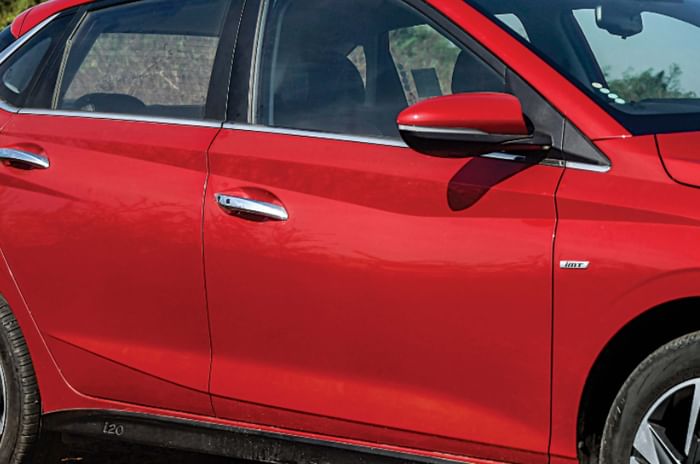
Dual airbags and ABS are part of the safety suite on each of these cars, though only the Altroz gets ISOFIX child seat mounts as standard fit. The Altroz also has the distinction of being rated a full 5 stars on crash safety by Global NCAP. The Polo is a 4-star car while the i20 is yet to be crash tested by the road safety watchdog.
| What you get for your money | |||
|---|---|---|---|
| Altroz iTurbo XZ+ | i20 Turbo iMT Asta | Polo TSI Highline Plus | |
| Price (ex-showroom, Delhi) | Rs 8.85 lakh | Rs 9.89 lakh | Rs 8.34 lakh |
| Airbags | 2 | 2 | 2 |
| LED headlights | No | Yes | No |
| Keyless entry and go | Yes | Yes | No |
| Leatherette upholstery | Yes | Yes | No |
| Steering adjust | Tilt | Tilt/Telescopic | Tilt/Telescopic |
| Auto headlamps/wipers | Yes/Yes | Yes/No | No/Yes |
| Auto-dimming mirror | No | No | Yes |
| Cruise control | Yes | No | Yes |
| Instruments | Part-digital | Digital | Analogue |
| Ambient lighting | Yes | Yes | No |
| Touchscreen | 7-inch | 10.25-inch | 6.5-inch |
| Apple CarPlay/Android Auto | Yes | Yes | Yes |
| Connected tech | Yes | Yes | Optional |
| Wireless phone charger | No | Yes | No |
| Rear parking camera | Yes | Yes | No |
| Rear armrest | Yes | No | No |
| Adjustable rear headrests | Yes | No | Yes |
And the winner is...
The Polo is the driver’s pick of this trio. It’s got the most exciting engine, it’s the most engaging in corners and it’s the car that will leave you with the widest grin after a day of driving. Thing is, opting for a Polo today requires you to be accepting of its shortcomings. It’s the smallest car here and misses on some goodies too. And many will also find it hard to gloss over the fact that in essence it’s a 12-year-old car which manifests itself most with an outdated electrical and electronic (E/E) architecture. To put things in perspective, the Altroz just completed its first anniversary while the latest-gen i20 is newer still.
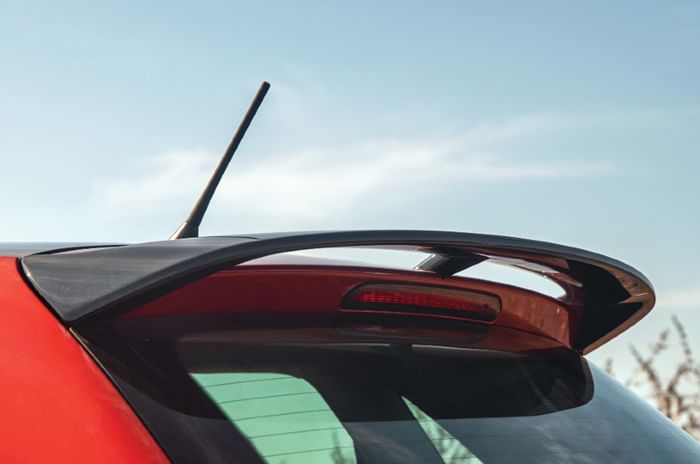
The Altroz has always been a likeable package and the new petrol engine option has made it better still. Priced about Rs 60,000 over the standard Altroz petrol, the iTurbo is a fair deal for the improved performance it offers. In many ways, this is what the Altroz petrol should always have been. Judge the Altroz iTurbo as a car with a sporty side, however, and you’ll find it wanting. The iTurbo simply lacks the oomph and drama that makes turbo-petrols so desirable. And that’s a bit of a shame because Tata is no stranger to making fun cars. Remember the JTP twins?
| Verdict | |||
|---|---|---|---|
| Altroz iTurbo | i20 Turbo | Polo TSI | |
| Verdict | The best of the Altrozes, but needs more spice | Friendly and fun (enough), Hyundai is the smart pick. | Well past its prime. Still the one for keen drivers. |
| Rating | 7/10 | 8/10 | 7/10 |
| Price (ex-showroom, Delhi) | Rs 8.85 lakh | Rs 9.89 lakh | Rs 8.34 lakh |
Hyundai’s i20 might not seem the most convincing winner but it’s the car that’s delivered across most parameters. While it’s no firecracker, it’s got a zesty enough engine and pleasant dynamics. And then there’s that iMT gearbox that adds in a dimension of user-friendliness. The roomy cabin is another big plus, though Hyundai shouldn’t have been stingy with certain essential features like adjustable rear headrests.
Copyright (c) Autocar India. All rights reserved.

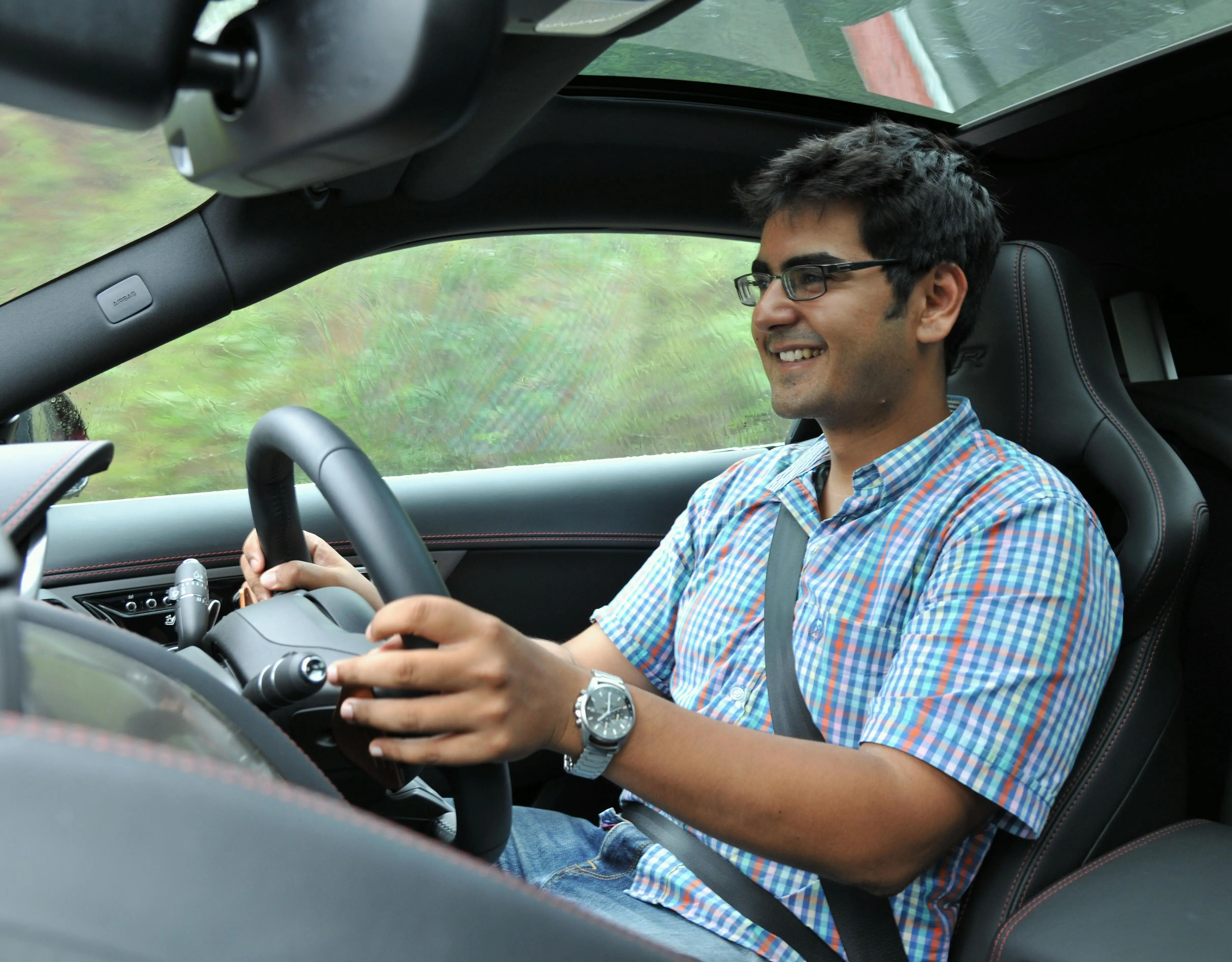
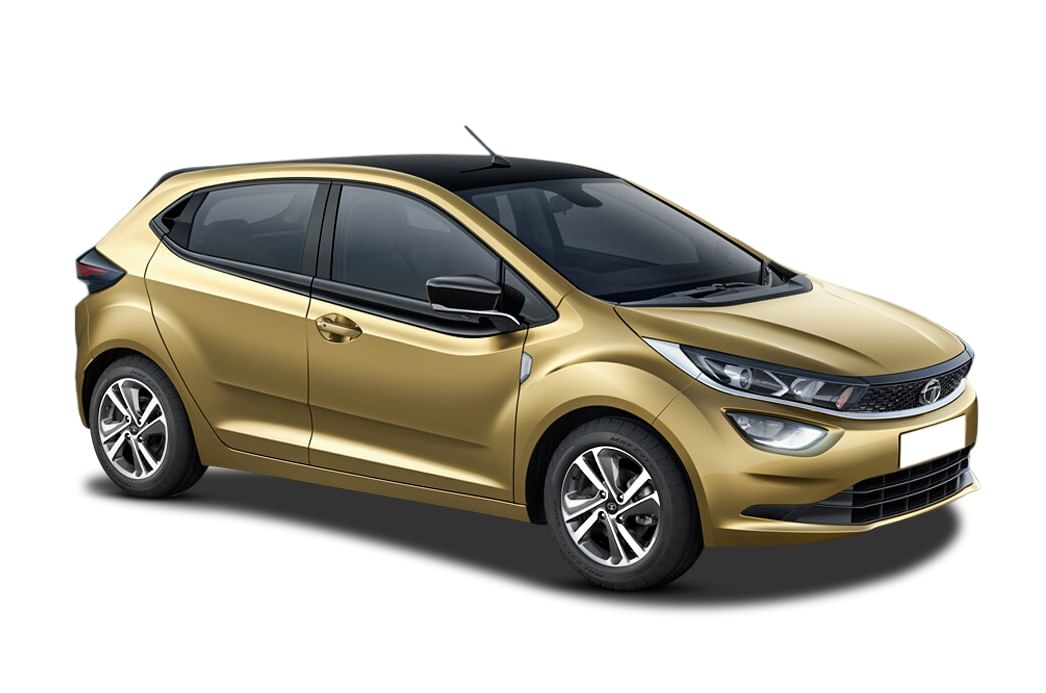







Comments
Member Login
Personal Details
No comments yet. Be the first to comment.